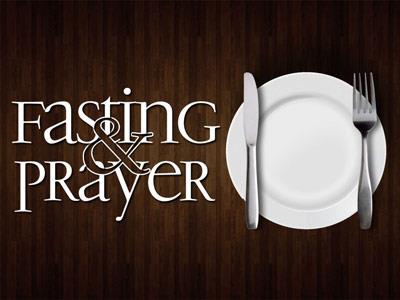-
When The Walls Are Broken Down, Pray! Series
Contributed by David Owens on Nov 28, 2017 (message contributor)
Summary: Nehemiah's reaction to the bad news he hears is a great example for us about what to do when we face difficult circumstances.
Introduction:
A. Have you ever had someone deliver you some news saying, “I’ve got some good news and some bad news, which do you want first?”
B. Here are a few “Good news/bad news” items for preachers.
1. Good News: You baptized seven people today in the river.
a. Bad News: You lost two of them in the swift current.
2. Good News: The Women’s Bible study voted to send you a get-well card.
a. Bad News: The vote passed by a vote of 11-10.
3. Good News: The Elders have accepted your job description the way you wrote it.
a. Bad News: They were so inspired by it, they formed a search committee to find somebody capable of filling the position.
4 Good News: Mrs. Smith is wild about your sermons.
a. Bad News: Mrs. Smith is also wild about the TV show “Wipe Out”, and the movie “Dumb and Dumber.”
5. Good News: Your church’s women's softball team finally won a game.
a. Bad News: They beat your church’s men’s softball team.
6. Good News: Church attendance rose dramatically the last three weeks.
a. Bad News: You were on vacation.
C. Today, as we continue our sermon series “Restoring and Renewing the People of God – A Study of Ezra and Nehemiah,” we begin the story in the book of Nehemiah.
1. As we will see, Nehemiah’s story isn’t one of good news and bad news, but only bad news.
2. Let’s review where we have been so far in our series, and then jump into the story of Nehemiah, and see what God wants us to learn.
D. In this series, we have been examining the story of God’s people, the Israelites.
1. Ever since God had called their forefather, Abraham, God had been with them.
2. God was with Moses when Moses brought them out of Egypt, gave them the Law and brought them to the Promised Land.
3. God brought them into the Promised Land and gave them the power to drive out the inhabitants of that land.
4. God made them into a great nation with powerful kings like David and Solomon.
5. But after Solomon, the kingdom began a slow decline as it broke into two nations, Israel and Judah, north and south.
6. Both kingdoms disobeyed God for many years, and even though God warned them through the prophets that if they didn’t shape up, they would be sent into captivity, they continued to disobey.
7. And so the Northern Kingdom, Israel, fell into the hands of the Assyrians in 724 B.C., and the Southern Kingdom, Judah, fell into the hands of the Babylonias in 586 B.C.
8. But God did not leave them without hope – through the prophets, God predicted that after a period of captivity, God would move the hand of Cyrus the king of Persia, who would allow the Jews to return from captivity and rebuild Jerusalem and the Temple of the Lord.
9. So Cyrus did just that in 538 B.C., under the leadership of Zerubbabel, about 50,000 Jews returned to Jerusalem and finished rebuilding the temple in 515 B.C.
10. Ezra then led a second group to return to Jerusalem in 458 B.C. and Ezra led God’s people in restoring the faith according to the Law of the Lord.
11. That’s where the book of Ezra ended and that’s where we want to pick up the story today, as the story continues into the book of Nehemiah.
E. The story begins: 1 The words of Nehemiah son of Hacaliah: In the month of Kislev in the twentieth year, while I was in the citadel of Susa, 2 Hanani, one of my brothers, came from Judah with some other men, and I questioned them about the Jewish remnant that survived the exile, and also about Jerusalem. (1:1-2)
1. Nehemiah identifies himself as the son of Hacaliah, but nothing more is known of Hacaliah, or Nehemiah’s heritage.
a. This is such a contrast to Ezra’s description of his heredity – you might remember it took 5 verses for Ezra to trace his lineage back to Aaron, Moses’ brother.
b. Nehemiah doesn’t have that kind of heritage, but that’s okay, because God can work through anyone!
2. Nehemiah then notes the month and year – it was the month of Kislev (mid-Nov to mid-Dec), and the year was 446 B.C.
a. Artaxerxes reigned from 464 to 423 B.C. and 446 B.C. falls in the 20th year of his reign.
b. This is about 13 years after Ezra had set out for Jerusalem.
3. Nehemiah then described his location – he was in the citadel of Susa – scholars believe this was the winter resort of the Persian kings.
4. Nehemiah says that he had some questions for Hanani and other men who had just returned from Judah.

 Sermon Central
Sermon Central



